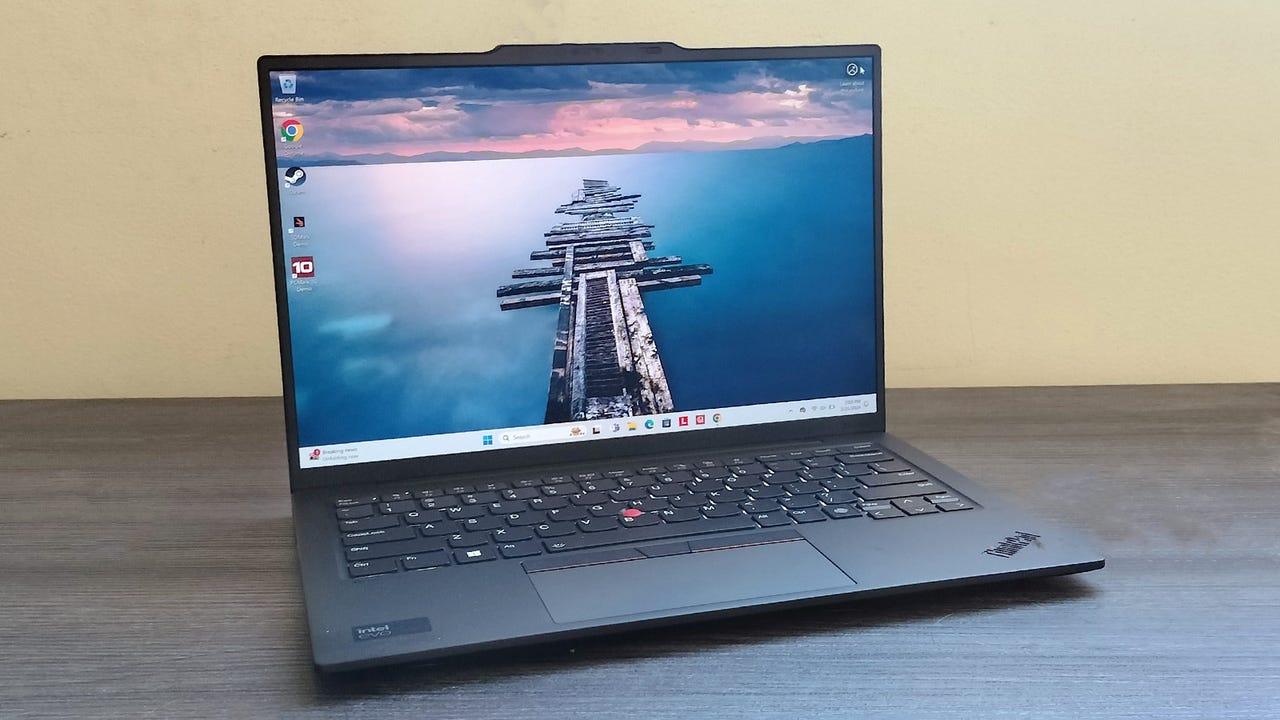WWW.DIGITALTRENDS.COM
NFL Week 17 games today: schedule, channels, live streams for December 29
Table of ContentsTable of ContentsIndianapolis Colts at New York Giants start time, channel, and live streamNew York Jets at Buffalo Bills start time, channel, and live streamTennesse Titans at Jacksonville Jaguars start time, channel, and live streamLas Vegas Raiders at New Orleans Saints start time, channel, and live streamCarolina Panthers at Tampa Bay Buccaneers start time, channel, and live streamDallas Cowboys at Philadelphia Eagles start time, channel, and live streamMiami Dolphins at Cleveland Browns start time, channel, and live streamGreen Bay Packers at Minnesota Vikings start time, channel, and live streamAtlanta Falcons at Washington Commanders start time, channel, and live streamThe NFL is spoiling fans in Week 17. Things kicked off on Christmas Day with a doubleheader on Netflix, the streamers first foray into NFL games. After Thursday Night Football, the NFL followed it up with a special tripleheader on Saturday. Throw in Sundays slate and Monday Night Football, and the NFL dominated nearly every day this week.Nine NFL games will be played inWeek 17on December 29. The battle for the NFC North gets interesting in the late-afternoon window when the Packers face the Vikings. Stream NFL games during the regular season by signing up NFL Sunday Ticket on YouTube TV. Below, check out the NFL Week 17 schedule, with times, channels, and streaming information.Recommended VideosIndianapolis Colts at New York Giants start time, channel, and live streamHandle our business, focus on what we can control. pic.twitter.com/odabBi501j Indianapolis Colts (@Colts) December 27, 2024Start Time: 1 p.m. ETChannel: FoxStream: NFL+, YouTube TV, Hulu with Live TV, , The Indianapolis Colts (7-8) are still alive but barely breathing in the AFC playoff race. The Colts must beat the Giants to stay alive. However, quarterback Anthony Richardson may not play due to foot and back soreness.RelatedEven though the New York Giants (2-13) lost in Week 16, they took one step closer to the No. 1 pick in the 2025 NFL Draft. If the Giants lose out, they will secure the top selection.New York Jets at Buffalo Bills start time, channel, and live streamStart Time: 1 p.m. ETChannel: CBSStream: NFL+, Paramount+, YouTube TV, Hulu with Live TV, The New York Jets (4-11) will do their best to play spoiler on Sunday. Their playoff chances are nonexistent, but the chances to beat a division rival could be enough motivation to play hard.With the Kansas City Chiefs win on Christmas, the Buffalo Bills (12-3) can no longer get the AFCs No. 1 seed. However, the Bills will secure the No. 2 seed with a win over the Jets.Tennesse Titans at Jacksonville Jaguars start time, channel, and live stream#TENvsJAX Status Report pic.twitter.com/kzJzfx2ATo Jacksonville Jaguars (@Jaguars) December 27, 2024Start Time: 1 p.m. ETChannel: CBSStream: NFL+, Paramount+, YouTube TV, Hulu with Live TV, The game between the Tennessee Titans (3-12) and Jacksonville Jaguars (3-12) is not for the faint of heart. Those expecting to watch good football should turn elsewhere. Frankly, both teams are better off losing to improve their position in the 2025 NFL Draft.Start Time: 1 p.m. ETChannel: FoxStream: NFL+, YouTube TV, Hulu with Live TV, , Even with nothing at stake, the Las Vegas Raiders (3-12) are still playing hard, as evidenced by their 19-14 win over the Jaguars in Week 16. Lets see if they can make it two straight on Sunday.The New Orleans Saints (5-10) never stood a chance in Monday nights 34-0 loss to the Packers. The Raiders, however, are more of the Saints speed, meaning this game should be close.VITA VEA IS BUILT DIFFERENT #CARvsTB 1 p.m. ET Sunday on CBS pic.twitter.com/FddwoZDHT2 Tampa Bay Buccaneers (@Buccaneers) December 27, 2024Start Time: 1 p.m. ETChannel: CBSStream: NFL+, Paramount+, YouTube TV, Hulu with Live TV, The Carolina Panthers (4-11) eliminated the Cardinals from playoff contention with their 36-30 overtime victory in Week 17. Chuba Hubbard rushed for 152 yards and two touchdowns, including the game-winning score in extra time.After winning four consecutive games, the Tampa Bay Buccaneers (8-7) suffered a crushing 26-24 loss to the Cowboys. With the loss, the Bucs no longer control their own destiny. Tampa will miss the playoffs if the Falcons win out.Start Time: 1 p.m. ETChannel: FoxStream: NFL+, YouTube TV, Hulu with Live TV, , How bout them Cowboys (7-8)? Dallas has won four of its last five games, including last weeks 26-24 win over the Bucs. This week, the Cowboys will be without star wide receiver CeeDee Lamb, who is out for the season with a shoulder injury.The Philadelphia Eagles (12-3) lost more than just the game in Week 16. The Eagles lost their quarterback, Jalen Hurts, for the foreseeable future. Hurts suffered a concussion in the loss and will not play against the Cowboys..@WingfieldNFL's 3 keys to #MIAvsCLE pic.twitter.com/9DX4vSo14K Miami Dolphins (@MiamiDolphins) December 26, 2024Start Time: 4:05 p.m. ETChannel: CBSStream: NFL+, Paramount+, YouTube TV, Hulu with Live TV, With the win over the 49ers in Week 16, the Miami Dolphins (7-8) kept their playoff hopes alive. The Dolphins must beat the Browns to have any chance at the postseason.The Cleveland Browns (3-12) switched quarterbacks in Week 16, with Dorian Thompson-Robinson getting the start. However, it didnt make a difference as Thompson-Robinson threw two interceptions in a 24-6 loss to the Bengals.Start Time: 4:25p.m. ETChannel: FoxStream: NFL+, YouTube TV, Hulu with Live TV, , The Green Bay Packers (11-4) are getting hot at the right time. Green Bay has won four of its last five games, scoring at least 30 points in each contest. The Packers have clinched a playoff berth.The Minnesota Vikings (13-2) continue to be the surprise of 2024. If Minnesota beats Green Bay and Detroit beats San Francisco, then Week 18s game between the Vikings and Lions will be for the No. 1 seed.the Sunday Night captains#ATLvsWAS | #RaiseHail pic.twitter.com/m1n3JtsFoI Washington Commanders (@Commanders) December 27, 2024Start Time: 8:20 p.m. ETChannel: NBCStream: NFL+, , YouTube TV, Hulu with Live TV, , The Atlanta Falcons (8-7) made a bold move in Week 17. The team benched starter Kirk Cousins for rookie Michael Penix Jr. If the Falcons win out, they win the NFC South and advance to the postseason.The Washington Commanders (10-5) pulled off a miraculous victory over the Eagles in Week 16. Washington has an outside chance of winning the NFC East, but it all starts with a victory over the Falcons.Editors Recommendations






